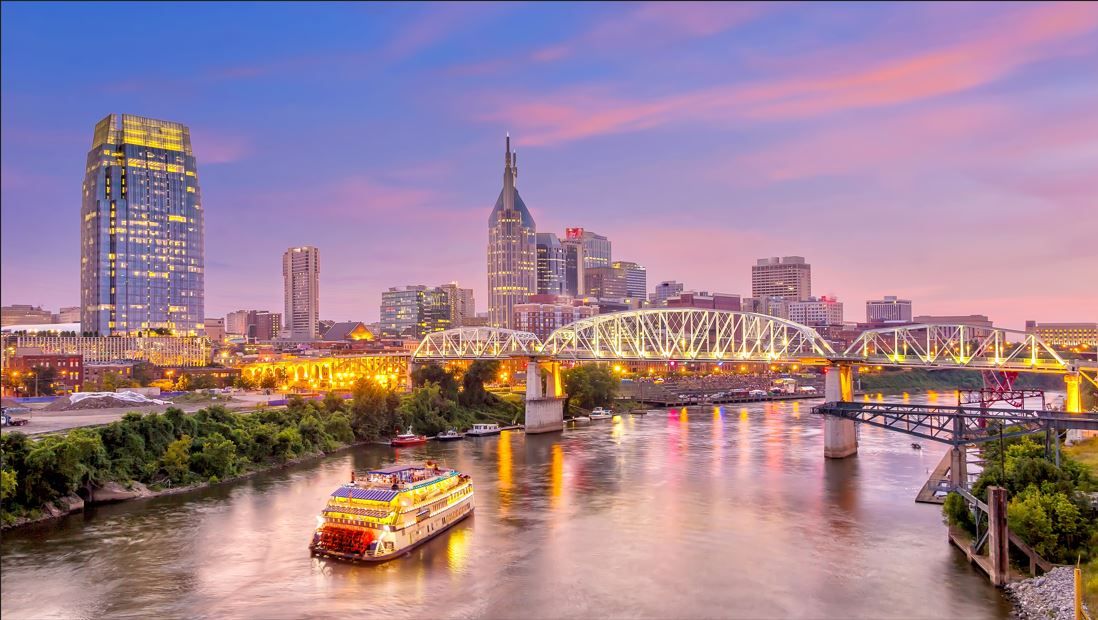
Topical Steroid Withdrawal vs Atopic Dermatitis Flare: Parsing the Differences with Brad Glick, DO, MPH

RAD 2025: Glick spoke to Patient Care about the similarities between TSW and a flare of atopic dermatitis as well as specific signs now being identified d as characteristic.
At
In the video above, Glick talks more about the presentation and the particular tell-tale signs that will help clarify a differential diagnosis.
Brad Glick, DO, MPH, is a practicing dermatologist at the Glick Skin Institute, in Wellington, FL, director, dermatology residency at Larkin Health System Palm Springs Campus, and clinical assistant professor of dermatology at FIU Herbert Wertheim College of Medicine, in Miami, FL.
The following transcript has been lightly edited for style and flow.
Patient Care: Your presentation at RAD focused on topical steroid withdrawal. Would you describe the syndrome and its etiology?
Brad Glick, DO, MPH: I think you need to start with what is topical steroid withdrawal (TSW) and then what is topical steroid withdrawal syndrome or what we also will call red skin syndrome. So we usually see this in individuals who have been on topical corticosteroids for quite some time. They're typically mid- to high- potency topical corticosteroids. So what is it? Patients that are on [the topical medications] for as little as several weeks, but sometimes and typically chronically for many months at a time, even years at a time for some, when they stop, maybe they're improving or the improvement has been limited, about 2 to 4 weeks later, they will see a profound flaring of their condition.
Now we're at the RAD conference, so we're talking about atopic dermatitis. So in many of these people, it almost looks like a flare of atopic dermatitis. And as my esteemed colleague, Dr Peter Lio, likes to say, it is difficult to differentiate a rash associated with TSW versus even just a really bad atopic flare. But what we're learning, even though there are not specific diagnostic criteria, is that there are some notable clinical features such as elephant skin or red elephant skin, where we see these skin folds and edema, usually on the lower aspects of the thighs or just below the knees. It's very characteristic. But the most critical sign that appears to be the most common is something called the red sleeve sign.
And it's a very unique pink or red color usually on the upper or lower extremities, usually on the top, but with a characteristic cutoff right at the sleeve area or the ankle area. It is a very specific line of demarcation, and one should probably take a step back if they recognize this finding and then consider the person's history. Do they have a history of chronic topical corticosteroid use? Did they stop recently? If so, then maybe this isn't a flare of atopic dermatitis, but steroid withdrawal syndrome. And we don't just see it in patients with atopic dermatitis but that is the most common condition we've seen it in and about 80% of the time the patients are using higher potency topical corticosteroids. But corticosteroids are used for other conditions as well. They are also used inappropriately, for conditions where perhaps they shouldn't be, like for rosacea. And we will see those individuals develop a steroid withdrawal type presentation as well.
References
1. Brookes TS, Barlow R, Mohandas P, Bewley A. Topical steroid withdrawal: an emerging clinical problem. Clin Exp Dermatol. 2023;48(9):1007-1011. doi: 10.1093/ced/llad161
2. Spergel JM, Leung DYM. Topical steroid withdrawal syndrome: Should we worry? Ann Allergy Asthma Immunol. 2023;130(1):8. doi: 10.1016/j.anai.2022.09.005
3. Lahiri K, Coondoo A. Topical steroid damaged/dependent face (TSDF: an entity of cutaneious pharmacodependence. Indian J Dermatol. 2016;61(3):265-272. doi:10.4103/0019-5154.182417
4. 1. Lio P, Glick B. Understanding topical steroid withdrawal (TWS) in patients with atopic dermatitis. Presentation give at: Revolutionizing Atopic Dermatitis; June 6-7, 2025; Nasvhille, TN.
For more RAD 2025 meeting coverage, please click here.
Newsletter
Enhance your clinical practice with the Patient Care newsletter, offering the latest evidence-based guidelines, diagnostic insights, and treatment strategies for primary care physicians.


















































































































































































































































































